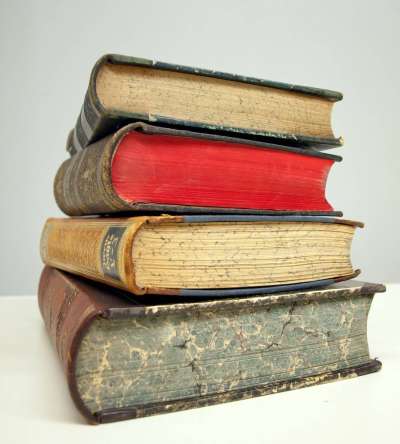Written or Oral Responses Students can write about or explore a variety of ways in which to respond to The Red Pony. In addition to the dialogue journal, students can respond in the following ways:
1. Personal statement - these include emotional reactions, expressions of identification or empathy with characters or place, conjecture about characters, and autobiographical associations.
Suggested Activities - React in writing to Jody's family and ranch. What do you think his life is like? How was it similar or different from your life as a ten-year-old? Write about some of the things Jody likes to do. Write about an experience with an animal you loved.
2. Description - statements which attempt to classify or describe the form, language, structure or content of the work; such responses can range in complexity from the simple recall of explicitly state information to an analysis of the stylistic properties.
Suggested Activities - Orally, in your own words, describe what happens in any one of the episodes. Learn to tell the episode using storytelling techniques.Write about some of the incidents that cause Jody to grow up. What is the significance of Steinbeck's use of the phrase "the little boy, Jody?"
3. Interpretation - responses aimed at identifying the symbolic or thematic meaning of a work; interpretation requires of readers an ability to infer the intentions of Steinbeck.
Suggested Activities - Write your own interpretation of any one of the episodes. What is the theme of the episode? How does it contribute to Jody's maturation?Discuss with your small group the following symbols: Jody's dogs, the bird Jody kills, the mountains, the old horse Easter, the rapier, the long gestation of the colt, Grandfather's stories, the lemonade. How does Steinbeck use these symbols to show Jody's maturation?
4. Evaluation - responses aimed at assessing the construction, meaningfulness, or appropriateness of The Red Pony.
Suggested Activities - Write about how well the story depicts the maturation of a little boy. How might the story differ if Jody was a little girl?
In a small group talk about the theme of coming-of-age. Compare this book to other coming-of-age books you have read and discussed. How is Jody's story similar or different? Why?
Try your hand at writing a coming-of-age story about your passage from childhood to adolescence. What are some of the symbols of your maturation? Who were the important people in your life? How did you become independent from your parents?
ABOUT THE GUIDE EDITORSArthea (Charlie) J. S. Reed, Ph.D. is currently president of the Assembly on Literature for Adolescents of NCTE (ALAN). She is the author of three books in the fields of literature and teaching: Reaching Adolescents: The Young Adult Book and the School, Comics to Classics: A Guide to Books for Teens and Preteens, and Presenting Harry Mazer. In addition, she is the author or co-author of numerous books in the fields of foundations of education and teaching methods. She was editor of The ALAN Review for six years and has co-edited the Penguin/Signet Classic teacher's guide series since 1988.
In May 1996, Dr. Reed retired after 17 years as a professor of education and six years as chairperson of education at the University of North Carolina at Asheville. After nearly 30 years in teaching at the elementary, secondary, and college/university level, she is now pursuing a new career in education as Executive Director of Development and Education for Northwestern Mutual Life in Asheville, N.C. Dr. Reed and her husband Don live with their two dogs and a cat on a mountaintop in Fairview, N.C.
W. Geiger (Guy) Ellis, Professor Emeritus, University of Georgia, received his A.B. and M.Ed. degrees from the University of North Carolina at Chapel Hill and his Ed.D. from the University of Virginia. For most of his career, Guy has been active in teaching adolescent literature, having introduced the first courses on the subject at both the University of Virginia and the University of Georgia. He developed and edited The ALAN Review from 1978 to 1984, changing its focus from a newsletter to a referred journal. His research has had heavy emphasis on the content of literature instruction.














